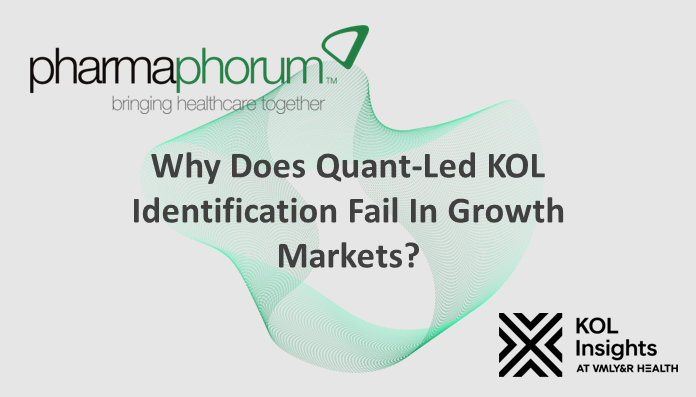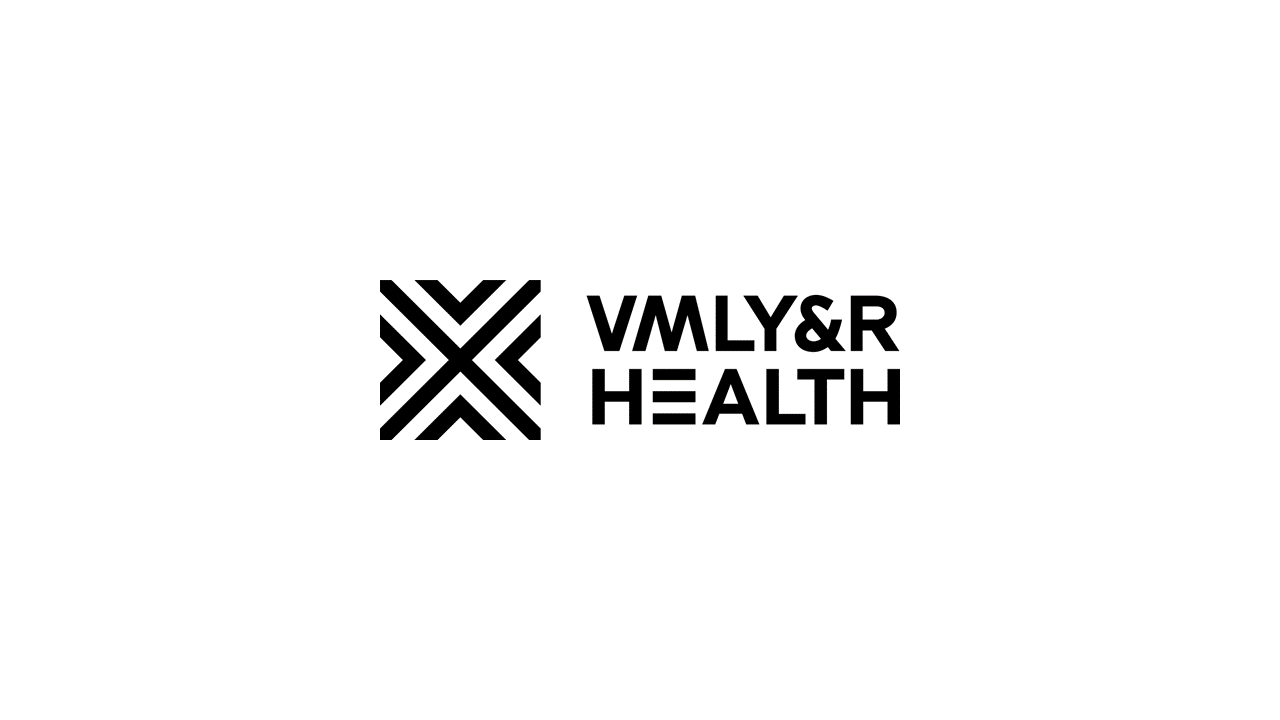Why Does Quant-Led KOL Identification Fail In Growth Markets?

When it comes to KOL identification mapping, there is no shortage of quant data around KOL and HCP activity out there. Most of that is free and it’s easier than ever to scrape it by the bucket load, generating a billion publication, congress, and social data points.
But we know from a decade of experience that simply dumping a mass of data, year-on-year, regardless of size, won’t necessarily help you with your most important KOL challenges. One of the biggest challenges when it comes to KOL identification and mapping is that of addressing high-growth markets and specific geographies.
For example, there are numerous countries and geographies in the world where someone’s level of activity does not equate to their level of healthcare impact or influence. The example we often use from our own experience is of Multiple Sclerosis in one of the world’s largest emerging markets. In this country, one of the most important KOLs for market access has not published anything of significance for over a decade. And yet, without engaging and collaborating with that KOL at both a country and global level, your journey to market will not align with your vision. Relying on quant data alone would not have enabled you to identify such KOLs. In fact, according to quant, such KOLs simply don’t exist.
A similar situation often arises at a continental level. A KOL in one country can significantly influence and impact HCP decision-making in a neighbouring country. And in such situations, your global and national KOL strategic plans will have to include such trans-continental KOLs who wield power across large geographical swathes. Pure quant data is poor at identifying such KOLs or connections because that data is unable to reveal continental connections, which may not be explicitly apparent in publications or other channels.
An interesting situation we see in areas such as the Middle East happens when KOLs and important HCPs in leadership roles, who are not originally from those countries, are often there for a limited period of time. This transient, expat-like nature of digital KOL influence is impossible to visualise fully through quant data alone. On the other hand, if you are looking to work with experts from such regions for national or global activities, you’ll have to identify and engage with them in the right context.
Finally, we also observed in many markets that certain KOLs and expert communities (who are not necessarily neighbouring) collaborate and influence one another or tend to work with one KOL community more than others due to a shared language or cultural commonalities. Quant data does not reflect these connections to their true extent. More importantly, it does not give us the rationale behind why certain KOLs coalesce together in certain situations.
So how do we solve this? It’s clear that geography and culture impact the research methodologies one must use for effective KOL identification and mapping. Relying on quant data alone is not enough if you want to fully understand the KOL landscape or networks, and why the most important KOL communities often informally unite to form powerful centres of influence in such countries and regions.
It’s essential to add additional identification and mapping research modalities that are able to directly ascertain both the voice of the KOL and the voice of the HCP. Ultimately, it is these voices that will help give you the most granular and precise view of the KOL landscape as a whole and tell you the most important KOLs you should engage with to implement your strategy.
Quantitative metrics and datasets are important when it comes to KOL identification, KOL mapping, KOL engagement planning, and the many other facets that constitute your strategic plan. Similar to a steering wheel in a car, quant is essential, however, you cannot get yourself and your passengers from A to B with just a steering wheel.
Robert Hollands
Business Development Account Manager
KOL Insights at VMLY&R Health
t :+44 (0)20 3637 9416
w: https://vmlyr-kolinsights.com/
a: Sea Containers, 18 Upper Ground, London, SE1 9RQ











